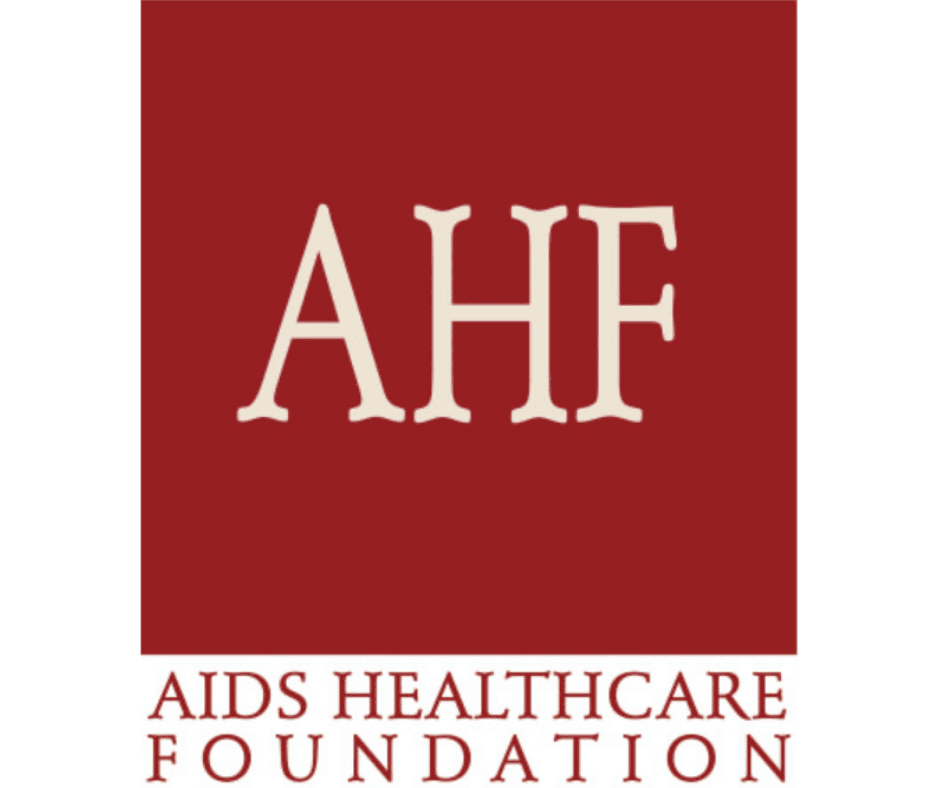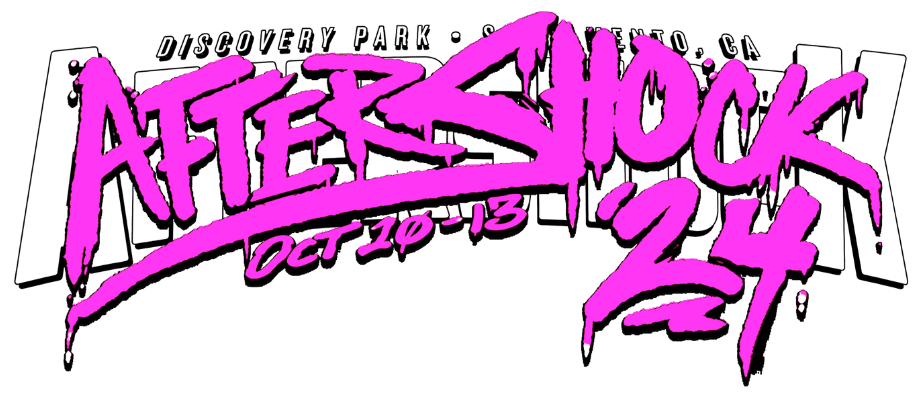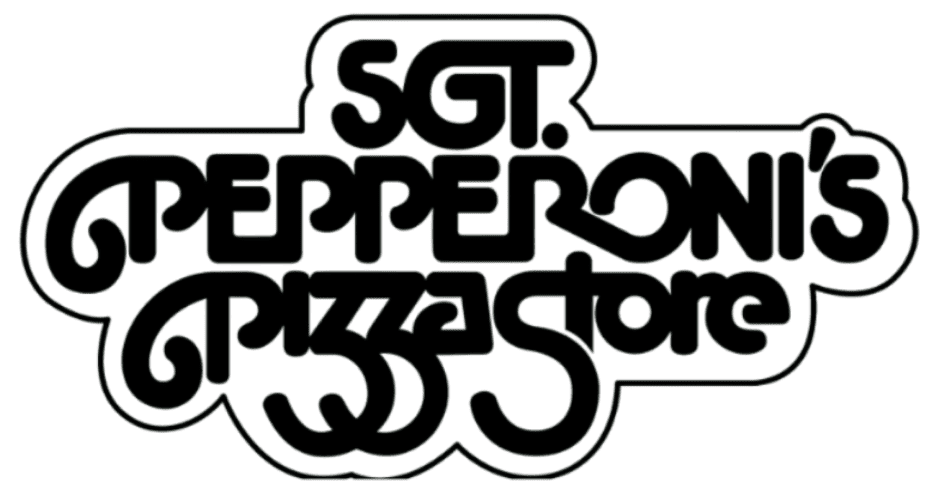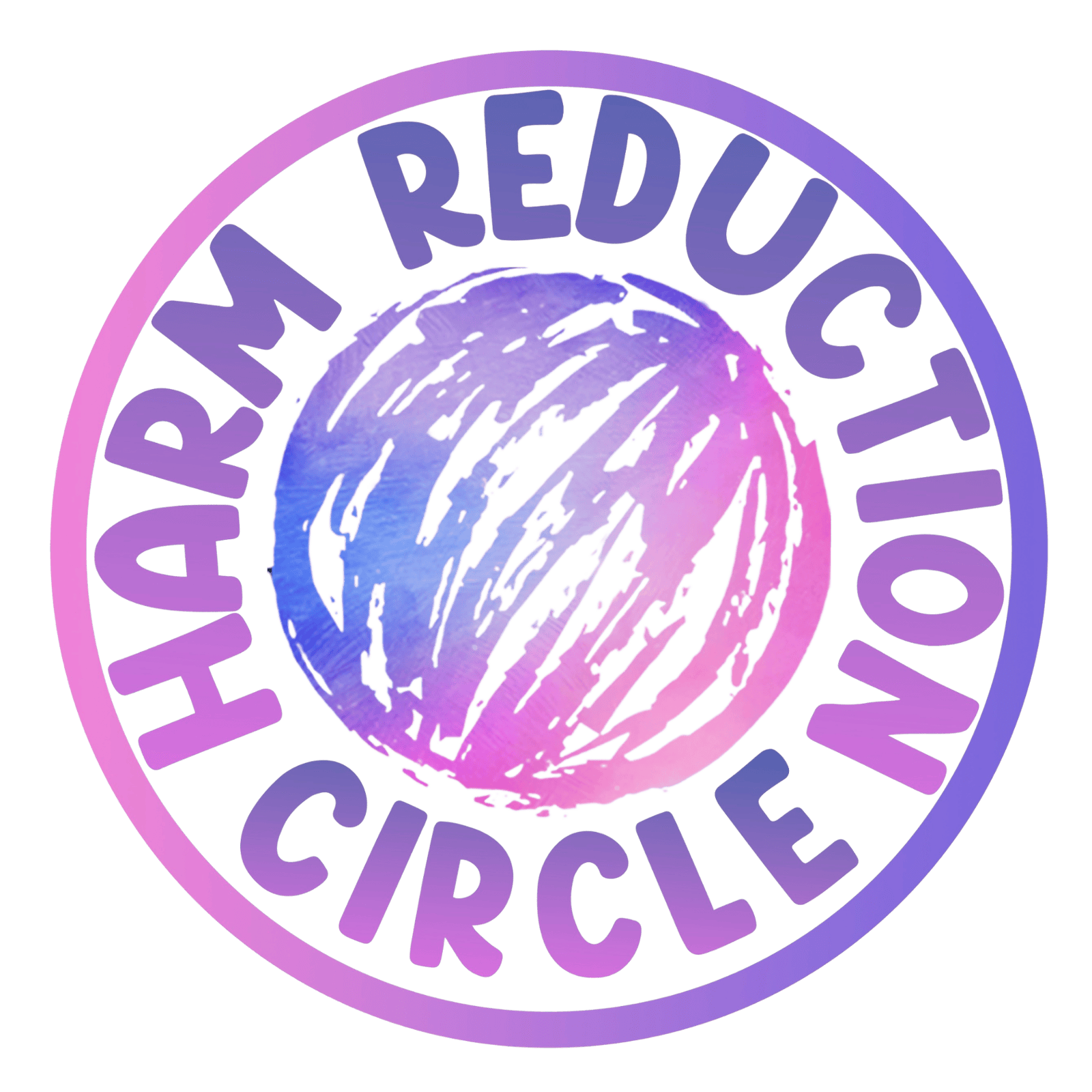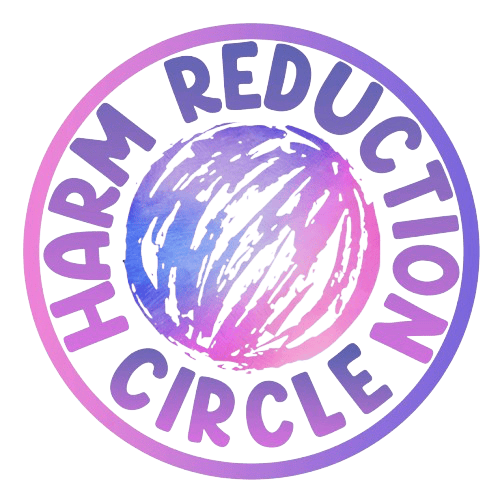Our Partnerships Extend Across Multiple Sectors:
- Healthcare & Public Health – Coordinating naloxone distribution, testing initiatives, and overdose prevention education.
- Social Services & Housing Programs – Integrating harm reduction into outreach, case management, and wraparound care.
- Nightlife & Event Producers – Embedding harm reduction and peer support into music festivals, clubs, and nightlife venues.
- Academic & Research Partners – Conducting applied studies and usability evaluations that advance harm reduction practice.
- Corporate & Private Partners – Engaging brands and local businesses in social responsibility efforts that save lives.
Partnership Highlights:

WiseBatch LLC
Harm Reduction Circle’s partnership with WiseBatch LLC centers on advancing drug-checking accessibility, innovation, and public safety education.
1. Product Integration: WiseBatch supplies Harm Reduction Circle with high-quality fentanyl and contaminant test strips, along with 3-in-1 Drink Spike Test Kits, which are distributed through nightlife harm-reduction activations, mail-order programs, and peer-outreach efforts in California and New Hampshire.
2. Shared Mission: Both organizations emphasize evidence-based harm reduction, making substance testing more accurate, user-friendly, and accessible—particularly for first-time users and event participants.
3. Research Collaboration: Together they conduct field studies and human-factors research to evaluate usability, detection accuracy, and user confidence in drug-checking tools. Results from these studies have informed best practices for testing procedures at festivals and in community settings.
4. Public Education & Awareness: WiseBatch’s materials and packaging (linked through Harm Reduction Circle’s website) help standardize harm-reduction messaging with clear visuals, instructions, and accessibility-focused design.
5. Community Benefit: The collaboration ensures that fentanyl test strips and harm-reduction tools reach high-risk populations through multiple channels—street-based outreach, nightlife events, and statewide mail-order supply distribution.
In short, the partnership blends Harm Reduction Circle’s grassroots, peer-led outreach with WiseBatch’s harm-reduction technology and research innovation to expand life-saving access and improve real-world effectiveness.
Research Initiatives with Harm Reduction Circle & WiseBatch
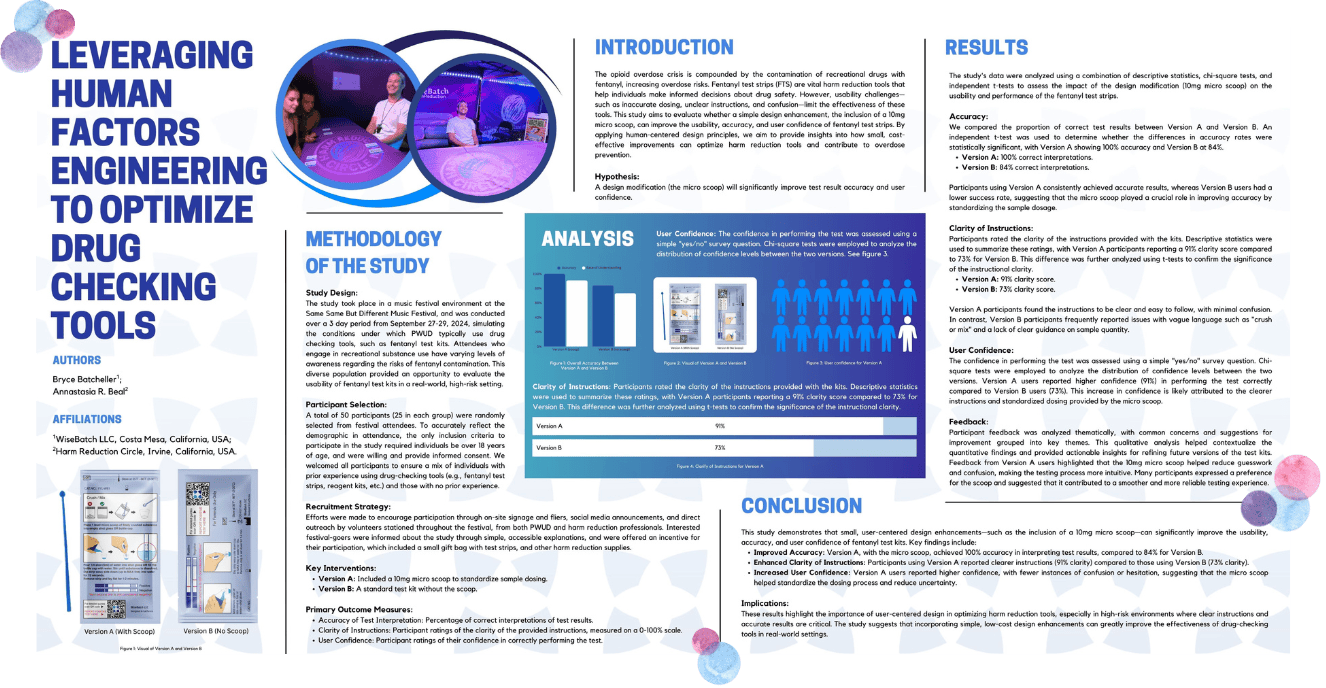
Leveraging Human Factors Engineering to Optimize Drug Checking Tools
The study “Leveraging Human Factors Engineering to Optimize Drug Checking Tools” applied principles of user-centered design to evaluate whether small design improvements could enhance the usability and accuracy of fentanyl test kits used in real-world harm reduction settings. Conducted during a multi-day music festival, 50 participants were randomly assigned to use one of two prototype test kits—one equipped with a 10mg micro scoop for standardized dosing and one without. Participants relied solely on written instructions to complete the test and interpret the results. Findings revealed that users of the scoop-equipped version achieved 100% accuracy, compared to 84% among those without the scoop, and rated the instructions as significantly clearer (91% versus 73%). Participants also reported greater confidence and less confusion, emphasizing that the scoop simplified the testing process and eliminated guesswork about sample size.
These results underscore how Human Factors Engineering (HFE) can meaningfully improve the safety, accessibility, and reliability of harm reduction technologies. By incorporating intuitive, standardized tools and clearer instructional design, developers can reduce user error, improve confidence, and increase the overall impact of drug checking programs—particularly in high-stimulation or resource-limited environments like nightlife and festival settings. The study demonstrates that even low-cost, design-based interventions can produce measurable improvements in real-world performance, ultimately supporting broader overdose prevention efforts. The authors recommend embedding usability testing and end-user feedback into the development of all harm reduction products to ensure they meet the practical and behavioral needs of people who use drugs and the communities that support them.
Human Factors Evaluation and Usability Validation of Prototype Drink Spiking Test Kits for Nightlife Settings
The study “Human Factors Evaluation and Usability Validation of Prototype Drink Spiking Test Kits for Nightlife Settings” evaluated the real-world usability and accuracy of a prototype drink spiking test kit designed to detect drugs such as GHB, ketamine, and benzodiazepines in nightlife environments. Conducted in two Huntington Beach bar settings under moderate alcohol influence, 50 participants performed single-blind tests using a Quick Reference Guide (QRG) without direct assistance. Results showed that 90% of participants correctly interpreted their results, with 88–92% reporting confidence, clarity, and ease of use—even under low-light, high-distraction conditions. Importantly, 12% of participants reported personal experiences with drink spiking, and nearly half rated venue-based test availability as “very important.” The findings demonstrate that applying Human Factors Engineering (HFE) principles—such as visual simplicity, concise instructions, and environmental adaptability—can significantly enhance the effectiveness and accessibility of harm reduction tools. This research provides early field validation supporting the implementation of California Assembly Bill 1013, which mandates that nightlife venues offer drink spiking test kits to patrons.
Comparison of DoseTest and WiseBatch Fentanyl Test Strips: Survey Findings from Electric Daisy Carnival 2024
The study “Comparison of DoseTest and WiseBatch Fentanyl Test Strips: Survey Findings from Electric Daisy Carnival 2024” evaluated user experiences with two leading fentanyl test strip brands to determine their effectiveness, ease of use, and clarity of instructions in a real-world festival setting. Conducted over three days at EDC Las Vegas 2024 with 16 participants, the survey found a clear preference for WiseBatch, with 75% of users rating its instructions as clear and 68.75% finding it easy to use, compared to 50% and 43.75% for DoseTest, respectively. Additionally, 81.25% of participants reported increased caution and awareness after using the test strips, underscoring their potential to influence safer drug use behaviors. Participants praised WiseBatch’s straightforward design and called for clearer instructions across both brands. The findings emphasize the critical role of user-centered design in harm reduction tools and recommend prioritizing the distribution of accessible, easy-to-use fentanyl test strips to enhance overdose prevention efforts in nightlife and festival environments.
You can edit text on your website by double clicking on a text box on your website. Alternatively, when you select a text box a settings menu will appear. your website by double clicking on a text box on your website. Alternatively, when you select a text box
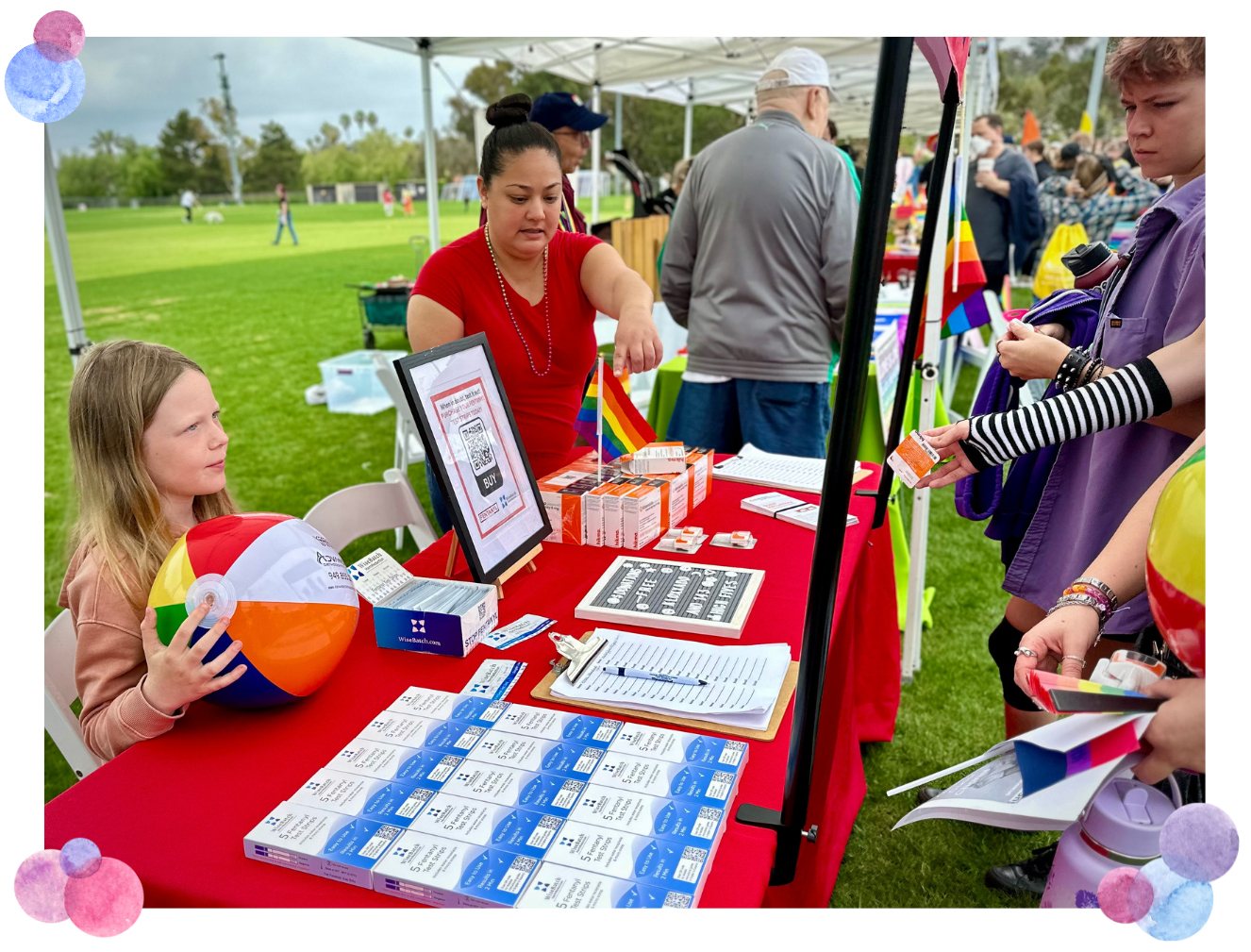
FentanylSolution.org
Harm Reduction Circle’s partnership with FentanylSolution.org is built on a shared mission to reduce overdose deaths, expand naloxone access, and strengthen harm reduction infrastructure across Southern California.
1. Operational Collaboration: The two organizations work side by side to conduct street-based outreach, overdose prevention education, and community engagement, ensuring that life-saving resources reach those most at risk.
2. Program Integration: Together, they deliver mobile outreach, overdose response trainings, and leave-behind naloxone programs, distributing naloxone, fentanyl test strips, hygiene kits, and other essential supplies through consistent peer-led efforts.
3. Shared Staffing & Leadership: The collaboration is guided by Annastasia R. Beal, who serves as HRC's Executive Director of Harm Reduction Circle and Director of Outreach for Fentanyl Solution, aligning both organizations’ strategies, data reporting, and volunteer coordination.
4. Community Impact: Through joint efforts, the partnership has distributed hundreds of thousands of naloxone doses, supported hundreds of overdose reversals, and built strong relationships with local governments, public health departments, and first responders.
5. Strategic Development: Both organizations work collaboratively to expand access, improve coordination among service providers, and advance evidence-based harm reduction practices through training, innovation, and public education.
In essence, the partnership unites Harm Reduction Circle’s grassroots, peer-led expertise with Fentanyl Solution’s operational capacity and public health infrastructure, creating a powerful alliance to save lives and strengthen community wellness.
Interested in Partnering with Harm Reduction Circle?
or

